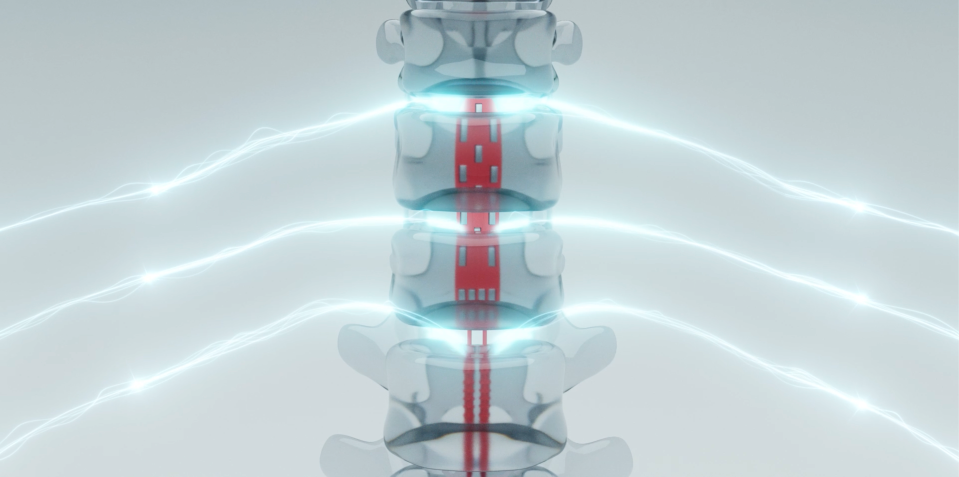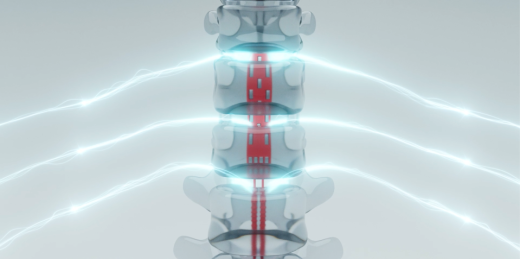The ARC nerve-stimulation system could help quadriplegic patients move their arms again
The ARC nerve-stimulation system could help quadriplegic patients move their arms again
Onward Medical’s BCI-based therapy had previously been used to regulate lower limbs and bladders.

The ARC nerve stimulation therapy system from startup Onward Medical passed another developmental milestone on Wednesday, as the company announced the first successful installation of its brainwave-driven implantable electrode array to restore function and feeling to a patient’s hands and arms. The news comes just five months after the researchers implanted a similar system in a different patient to help them regain a more natural walking gait.
The ARC system used differs depending on how what issue it’s being applied to. The ARC-EX is an external, non-invasive stimulator array that sits on the patient’s neck and helps regulate their bladder control and blood pressure, as well as improving limb function and control. Onward’s lower limb study from May employed the IM along with a BCI controller from CEA-Clinatec to create a “digital bridge” spanning the gap in the patient’s spinal column.
The study published Wednesday instead utilized the ARC-IM, an implantable version of the company’s stimulator array which is installed near the spinal cord and is controlled through wearable components and a smartwatch. Onward had previously used the IM system to enable paralyzed patients to stand and walk short distances without assistance, for which it was awarded an FDA Breakthrough Device Designation in 2020.
Medical professionals led by by neurosurgeon Dr. Jocelyne Bloch, implanted the ARC-IM and the Clinatec BCI into a 46-year-old patient suffering from a C4 spinal injury, in mid-August. The BCI’s hair-thin leads pick up electrical signals in the patient’s brain, convert those analog signals into digital ones that machines can understand, and then transmits them to a nearby computing device where a machine learning AI interprets the patient’s electrical signals and issues commands to the implanted stimulator array. The patient thinks about what they want to do and these two devices work to translate that intent into computer-controlled movement.
How well that translation occurs remains to be seen while the patient learns and adapts to the new system. “The implant procedures involving the Onward ARC-IM and Clinatec BCI went smoothly,” Dr. Bloch said in an press release. “We are now working with the patient to use this cutting-edge innovation to recover movement of his arms, hands, and fingers. We look forward to sharing more information in due course.”
“If the therapy continues to show promise, it is possible it could reach patients by the end of the decade,” Onward CEO Dave Marver said in a statement to Engadget. “It is important to note that we do not expect people with spinal cord injury to wait that long for Onward to commercialize an impactful therapy – we hope to commercialize our external spinal cord stimulation solution, ARC-EX Therapy, to restore hand and arm function in the second half of 2024.”
Onward Medical among a quickly expanding field of BCI-based startups working to apply the fledgling technology to a variety of medical maladies. Those applications include loss of limb and self-regulatory function due to stroke, traumatic brain or spinal cord injury, physical rehabilitation from those same injuries, as well as a critical means of communication for people living with Locked-In Syndrome.
(9)



